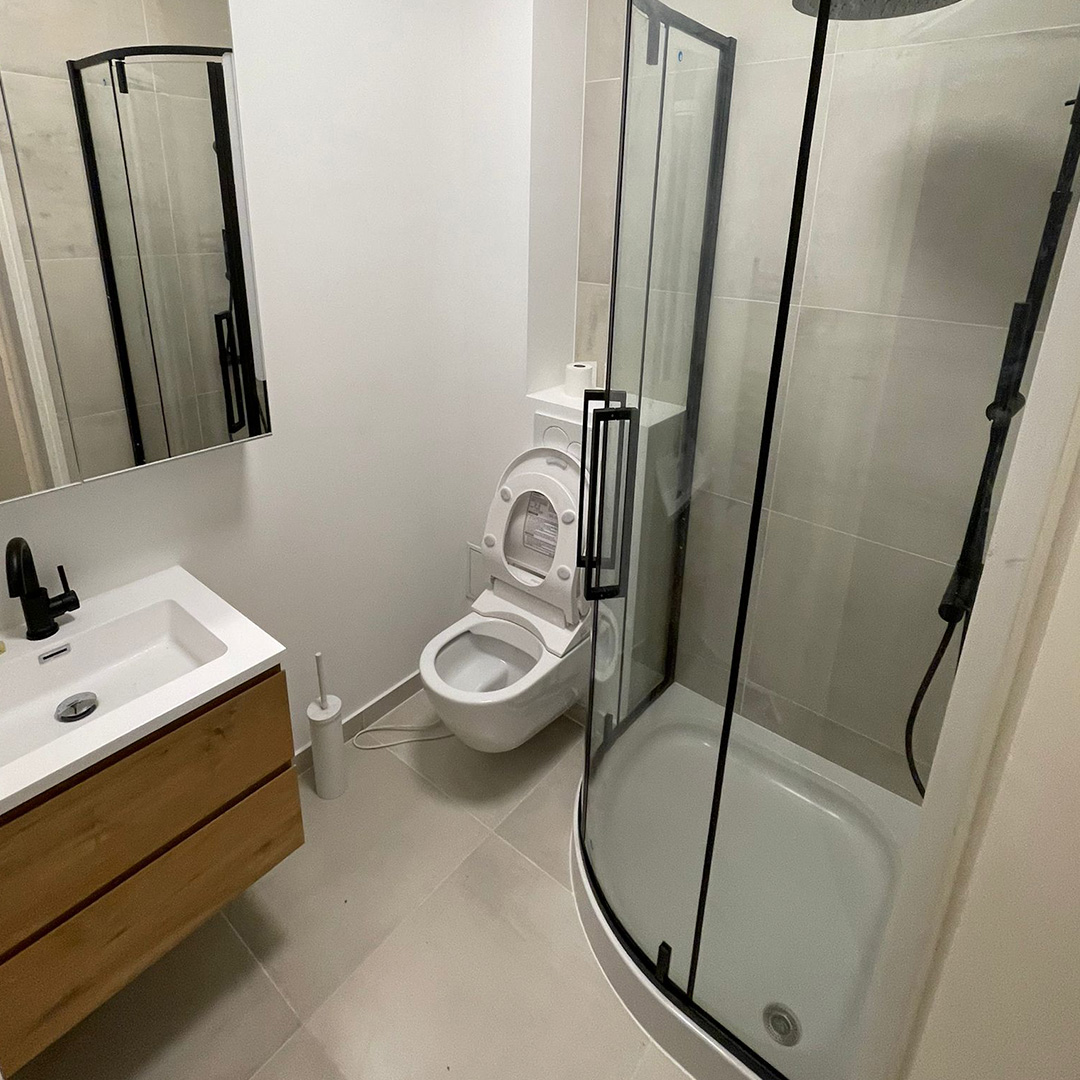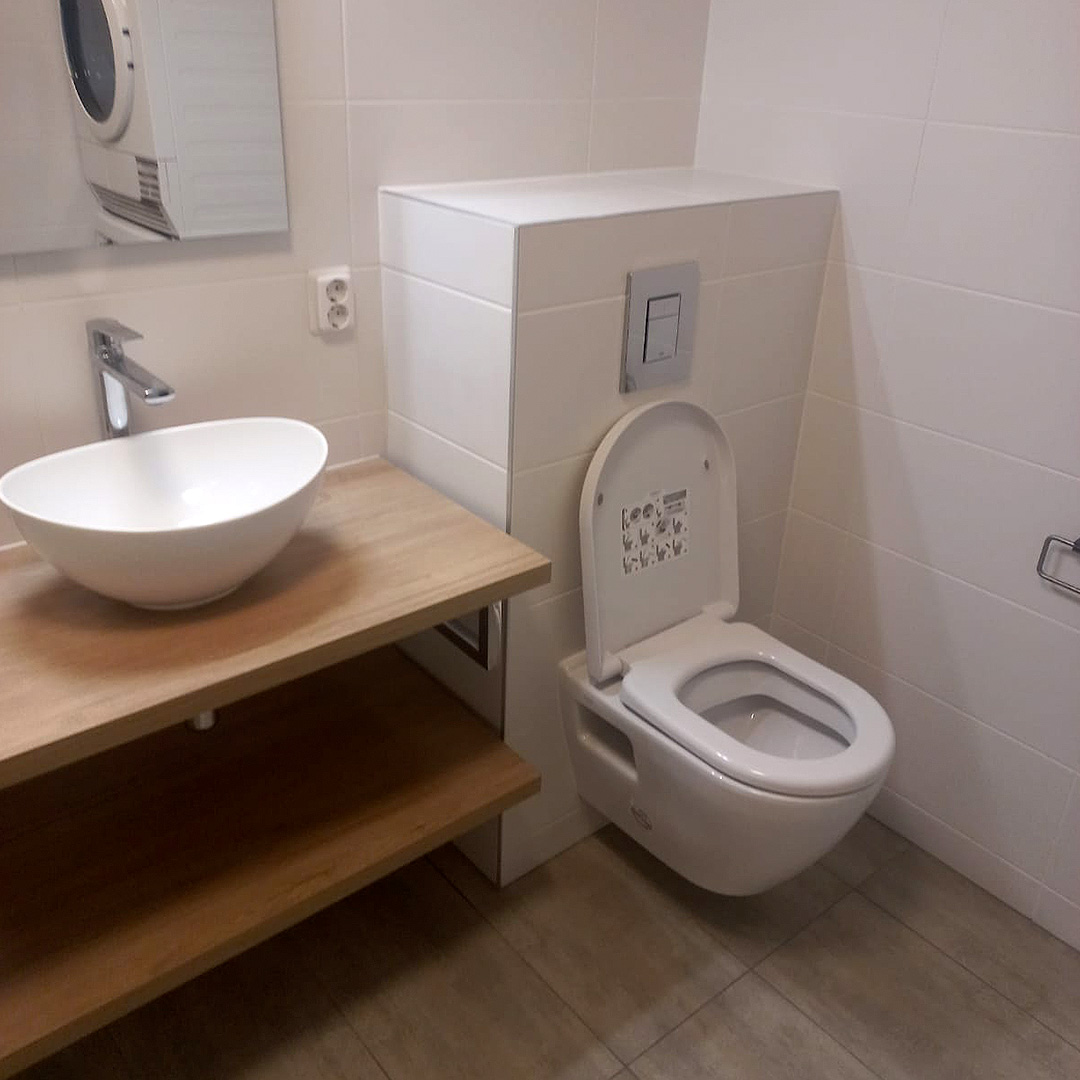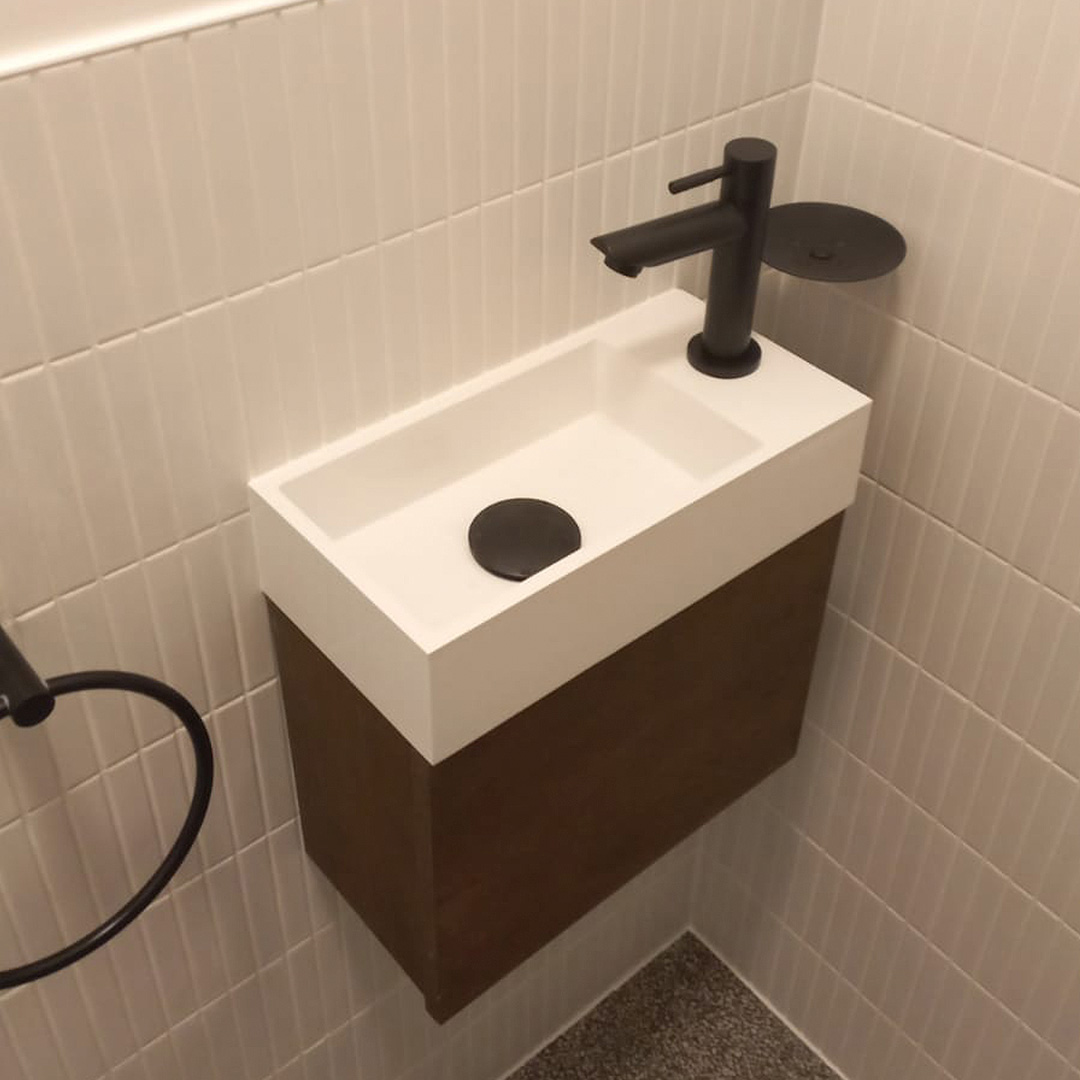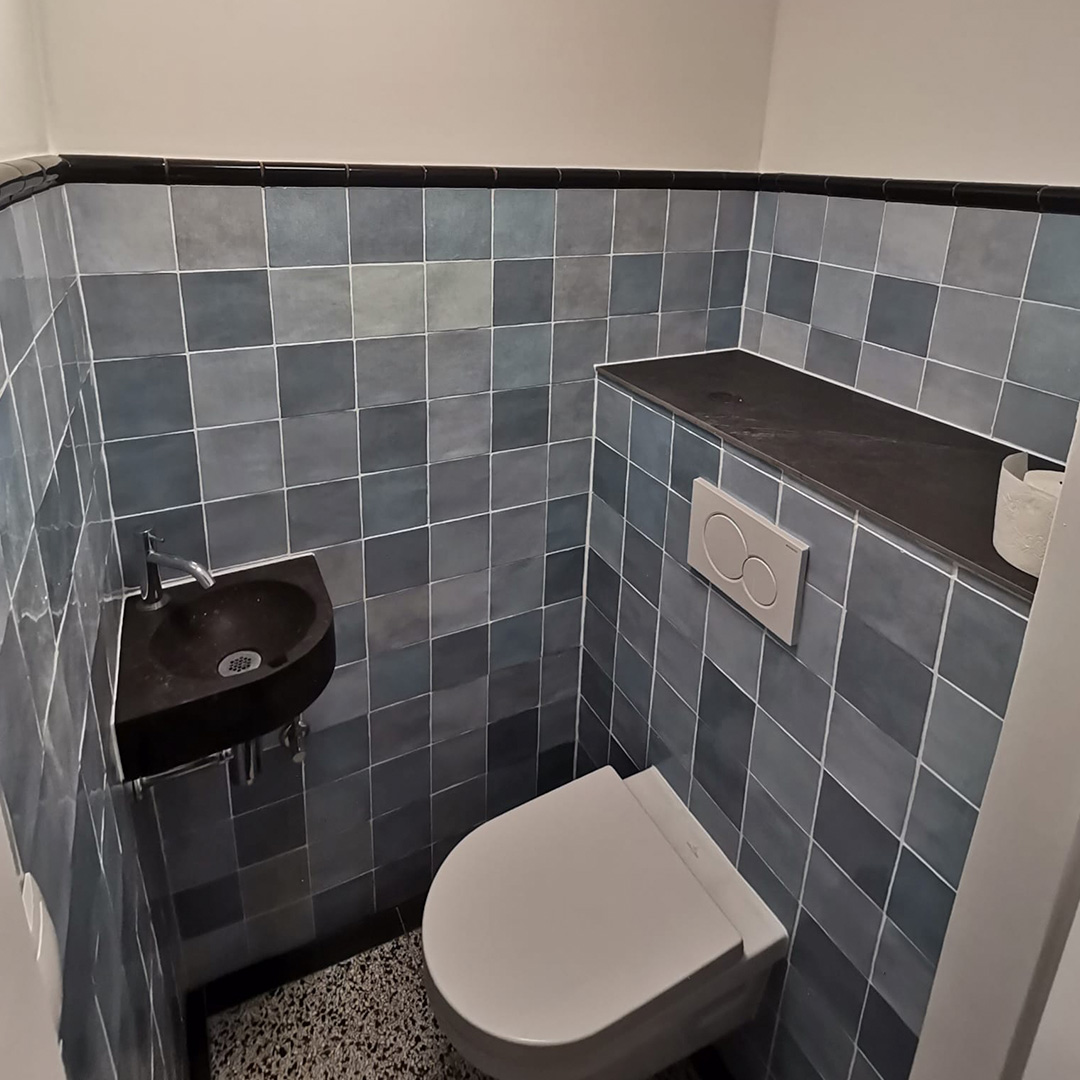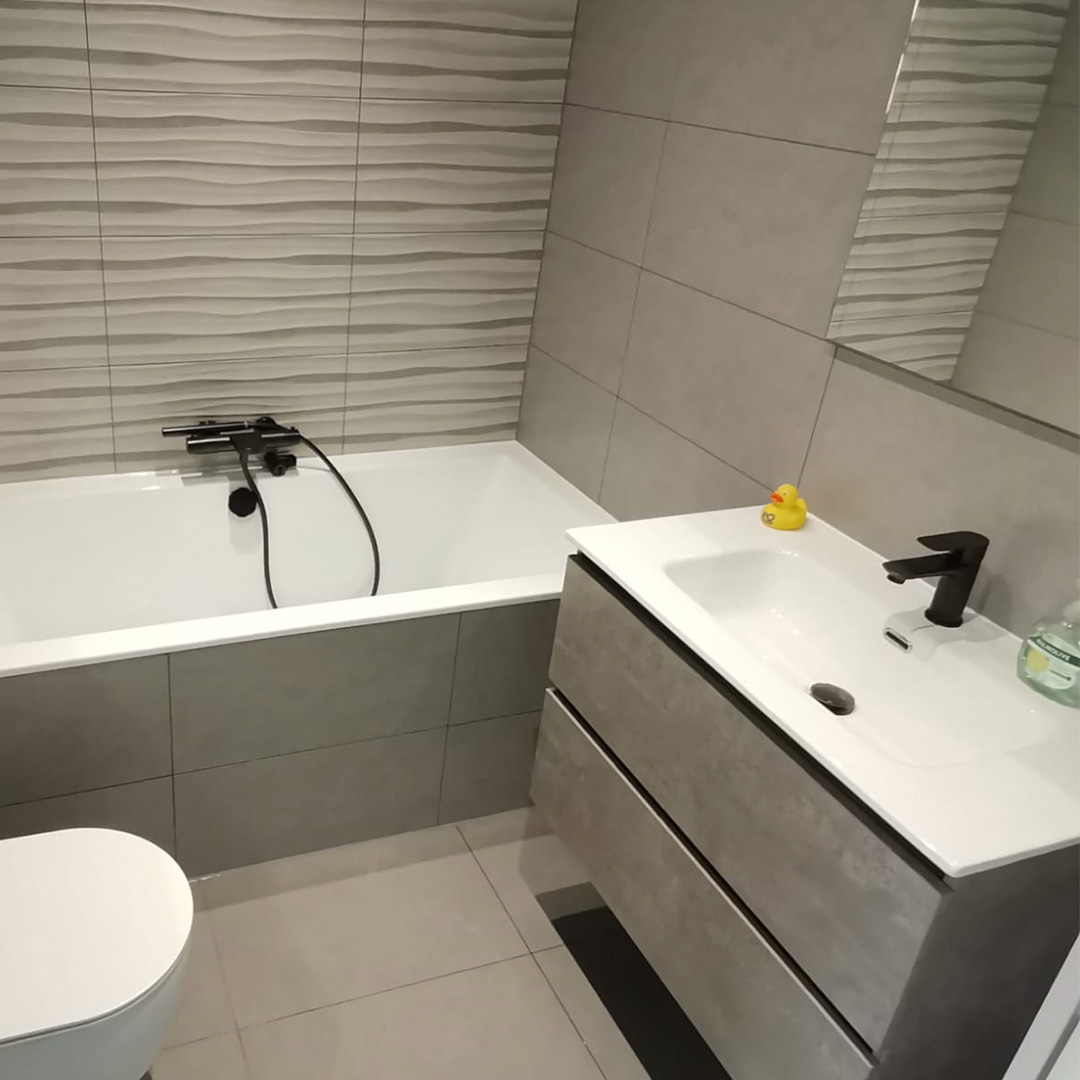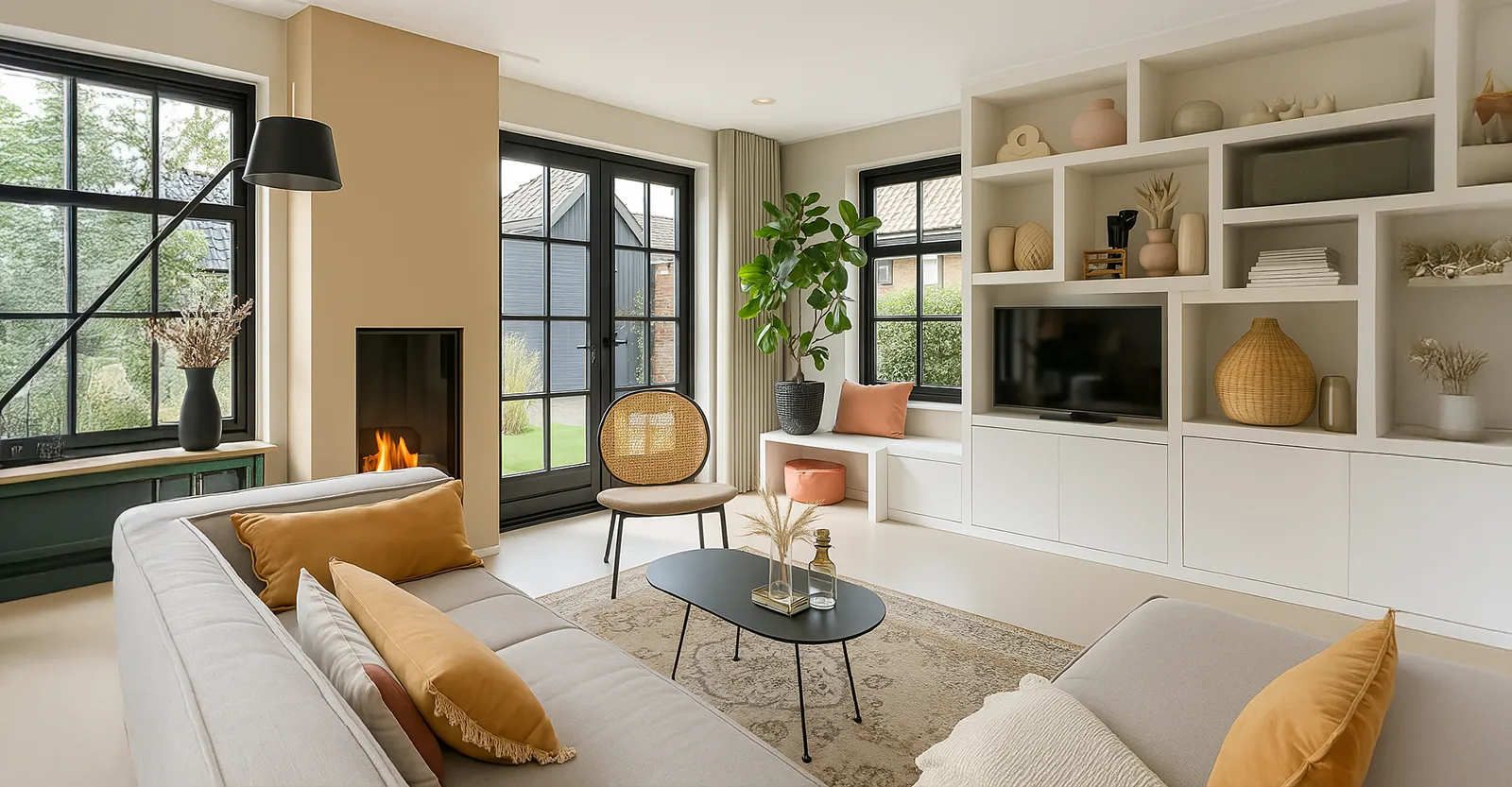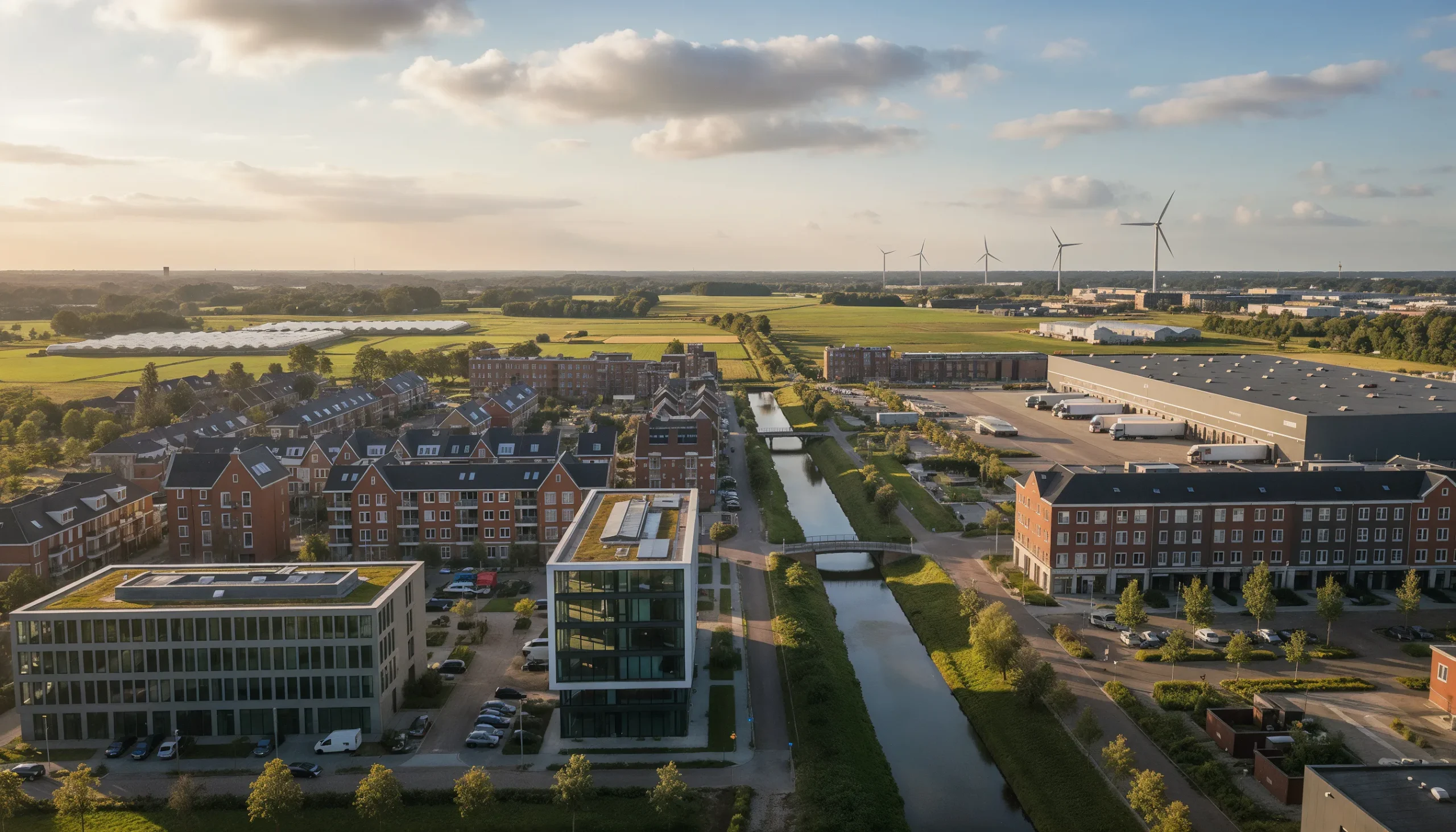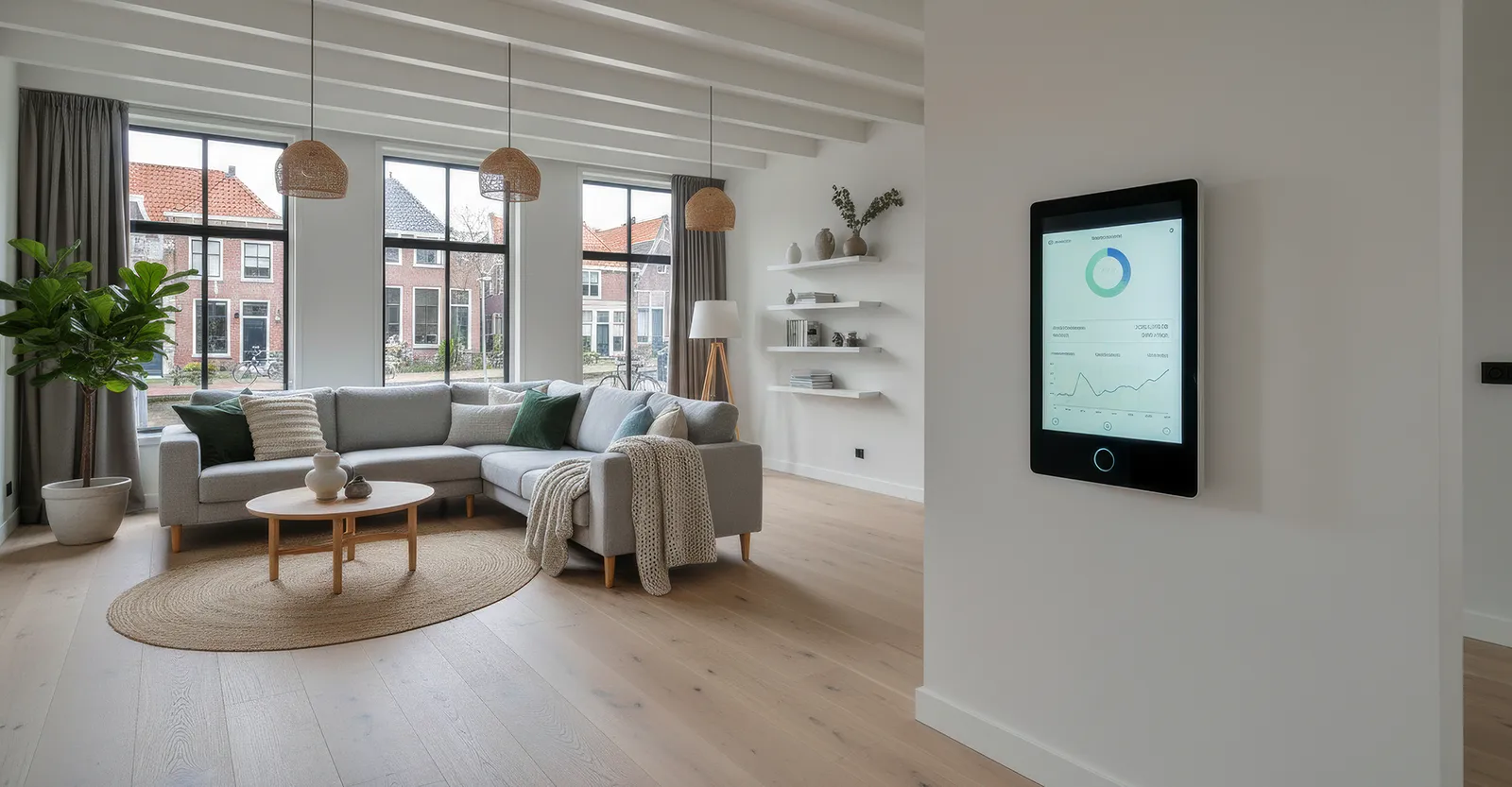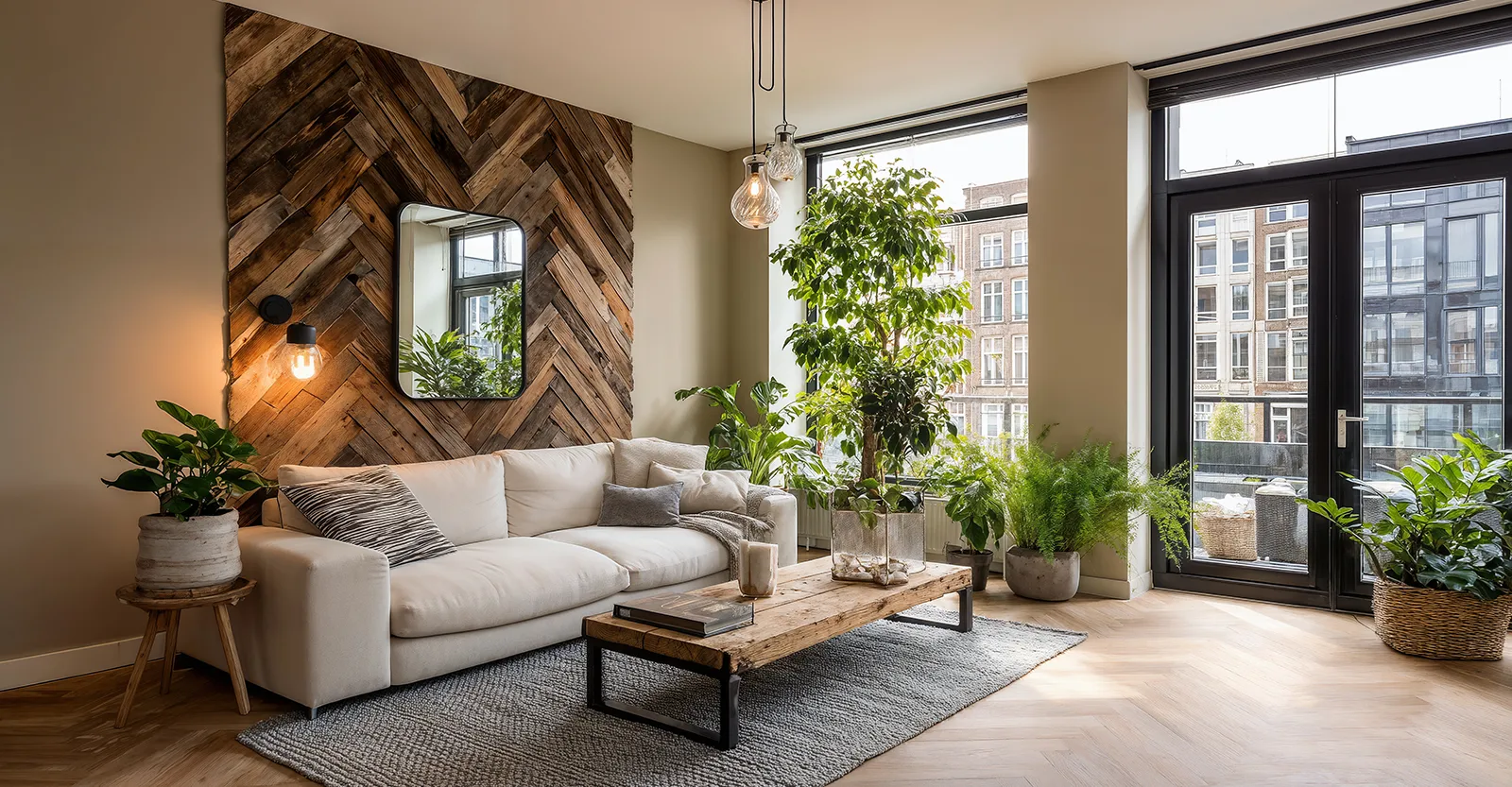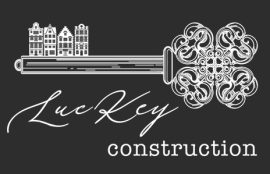The Netherlands is experiencing an unprecedented surge in home renovations. With the sector reporting a remarkable 6.5% growth in output over the past year, homeowners across the country are investing in upgrades at rates not seen in decades. This renovation renaissance comes at a fascinating intersection of economic, environmental, and social factors that have aligned to create perfect conditions for the home improvement industry.
A Perfect Storm for Renovation Growth
The Dutch housing market has always been unique, characterized by high population density, limited new development space, and a strong cultural attachment to home ownership. However, several contemporary forces have converged to accelerate renovation activity dramatically.
Aging Housing Stock Meets Modern Standards
The Netherlands has one of Europe’s older housing stocks, with many homes built before modern energy efficiency standards were established. This aging infrastructure creates both challenges and opportunities.
Many Dutch homes built in the 1960s and 1970s are now reaching an age where significant systems are due for replacement. Rather than simply replacing outdated components with similar versions, homeowners are taking the opportunity to modernize and improve their properties with comprehensive renovations.
“I realized that if I needed to replace my heating system anyway, it made sense to look at the entire energy performance of my home,” explains Rotterdam homeowner Jan Visser. “What started as a necessary repair turned into a complete renovation that has transformed how my home feels and performs.”
The Energy Price Catalyst
The energy market volatility of recent years has been a powerful motivator for Dutch homeowners. With heating costs rising significantly, investments in energy efficiency suddenly offer much faster returns than previously calculated.
A well-executed energy renovation can reduce a home’s energy consumption by 50-70%, creating substantial monthly savings. With these economics, many homeowners find that financing renovation costs through mortgage extensions or home improvement loans results in immediate positive cash flow due to reduced energy bills.
Government Policies Fueling the Boom
Strategic Incentives Driving Action
The Dutch government has implemented a sophisticated package of incentives that strategically target different aspects of home renovation:
The enhanced Sustainable Home Subsidy (ISDE) provides direct financial support for specific energy-saving measures, making investments in insulation, heat pumps, and solar systems significantly more affordable.
Low-interest green financing options through the National Heat Fund allow homeowners to borrow up to €65,000 for sustainable renovations at rates well below market averages.
Property tax discounts for homes achieving high energy performance ratings create ongoing financial benefits beyond the immediate energy savings.
Regulatory Pushes Supporting Market Pulls
Beyond financial incentives, regulatory changes are creating a more urgent timeline for renovations:
Energy label requirements during property sales mean homes with poor energy performance face value discounts in the market, motivating sellers to renovate before listing.
Phased minimum energy performance standards for existing buildings are creating deadlines for improvements that many homeowners are choosing to meet proactively.
The planned natural gas phase-out in various neighborhoods is prompting residents to transition to alternative heating systems ahead of schedule, often triggering broader renovations in the process.
Market Response to Growing Demand
Industry Adaptation and Innovation
The construction and renovation sector has responded dynamically to this growing demand:
Specialized renovation contractors have developed standardized approaches for common Dutch housing types, creating more efficient processes and more predictable outcomes.
Digital planning tools now allow homeowners to visualize renovation impacts and explore options virtually before committing to projects.
Prefabricated renovation solutions, including complete facade systems with integrated insulation and ventilation, are reducing on-site construction time and disruption.
Supply Chain Evolution
The robust demand has also transformed the building materials supply chain:
Dutch manufacturers have scaled up production of key renovation components, from high-performance windows to mechanical ventilation systems.
The circular economy is gaining traction, with reclaimed materials from demolition projects finding new life in renovations.
Innovative materials developed specifically for retrofit applications are enabling better solutions for challenging existing buildings.
Who’s Renovating and Why
Demographic Insights
The renovation boom spans multiple demographic groups, each with distinct motivations:
Young urban professionals are purchasing older properties in desirable locations and renovating to modern standards, finding this approach more affordable than buying new construction.
Established homeowners in middle-age brackets are investing in comfort and efficiency improvements as they plan to remain in their homes through retirement.
Investment property owners are upgrading rental units to command higher rents and attract quality tenants in the competitive Dutch housing market.
Beyond Energy: Multiple Renovation Drivers
While energy efficiency remains a primary motivation, Dutch homeowners are pursuing renovations for diverse reasons:
Adapting spaces for remote work has become essential for many households, with dedicated home offices now a priority.
Multi-generational living solutions are increasingly sought as housing costs rise and families look to support elderly parents.
Indoor environmental quality concerns, heightened by recent global health events, are driving investments in ventilation and natural materials.
Success Stories from Across the Netherlands
Amsterdam Canal House Modernization
In Amsterdam’s historic center, centuries-old canal houses are being carefully modernized while preserving their heritage character. These technically challenging projects demonstrate how even the most traditional Dutch buildings can achieve remarkable efficiency improvements without compromising architectural integrity.
Suburban Row House Transformations
The ubiquitous Dutch row houses built in the post-war period are proving particularly well-suited to systematic renovation. Neighborhoods in cities like Utrecht and Eindhoven have seen entire blocks transformed through coordinated renovation initiatives, creating economies of scale and dramatic street-level improvements.
Rural Farmhouse Conversions
In more rural areas, traditional farmhouses are being converted into spacious, energy-efficient homes that combine historic character with modern performance. These projects often incorporate local materials and techniques, supporting traditional crafts while creating uniquely Dutch living spaces.
Challenges Within the Boom
Capacity Constraints
The unprecedented demand has created challenges for the sector:
Skilled labor shortages have emerged as a limiting factor, with experienced renovation specialists in particularly high demand.
Project timelines have extended as contractors manage full order books, with homeowners sometimes waiting months to begin approved projects.
Material supply fluctuations have occasionally created bottlenecks for specific components, though the market is gradually adjusting.
Quality Control Concerns
The rapid growth has raised some quality assurance issues:
New entrants to the renovation market don’t always possess the specialized knowledge needed for effective retrofits.
Complex technical aspects like moisture management in newly-insulated structures require careful attention to avoid creating new problems.
Looking Ahead: Sustainable Growth
Forecast for Continued Expansion
Industry analysts predict the current 6.5% growth rate will continue or even accelerate over the next several years, supported by:
Ongoing government commitment to climate goals requiring residential energy efficiency improvements.
The large remaining stock of under-performing homes that have yet to be addressed.
Increasing consumer awareness of renovation benefits beyond energy savings.
Evolving Approaches
The nature of renovations is also evolving:
Neighborhood-scale approaches are gaining traction, with groups of homeowners collaborating on coordinated projects to achieve better outcomes at lower costs.
Step-by-step renovation roadmaps allow homeowners to implement improvements in planned phases aligned with their financial capacity.
Digital monitoring and smart home technology are increasingly integrated into renovations, allowing continuous optimization of home performance.
How Homeowners Can Navigate the Renovation Landscape
Getting Started in Today’s Market
For Dutch homeowners considering renovations, several steps can help ensure success:
Begin with a professional energy assessment to identify the most effective improvements for your specific home.
Explore the current incentive landscape thoroughly, as available subsidies and financing options continue to evolve.
Plan comprehensively even if you’ll implement in phases, ensuring early improvements support rather than complicate later steps.
Research contractors thoroughly, seeking those with specific experience in your home type and desired improvements.
Conclusion: A Transformation in Progress
The 6.5% growth in Dutch renovation output represents more than just an industry statistic—it signals a fundamental shift in how the Netherlands approaches its housing stock. Rather than accepting homes as fixed assets that gradually decline, Dutch homeowners are increasingly viewing their properties as evolving spaces that can be continuously improved in performance, comfort, and value.
This renovation boom is creating homes that are more energy-efficient, more comfortable, more adaptable to changing needs, and more resilient to future challenges. It’s preserving the unique character of Dutch neighborhoods while upgrading their environmental performance. And it’s generating economic activity that supports local businesses and craftspeople throughout the country.
As the Netherlands continues leading Europe in residential energy efficiency improvements, the lessons from this renovation renaissance will likely influence approaches in other countries facing similar housing and climate challenges. The Dutch renovation boom isn’t just rebuilding homes—it’s redefining how we think about existing housing as a resource for the future.
Are you considering joining the renovation movement? What improvements would make the biggest difference in your Dutch home? The current momentum and support systems make this an ideal time to explore your options for transforming your living space.

